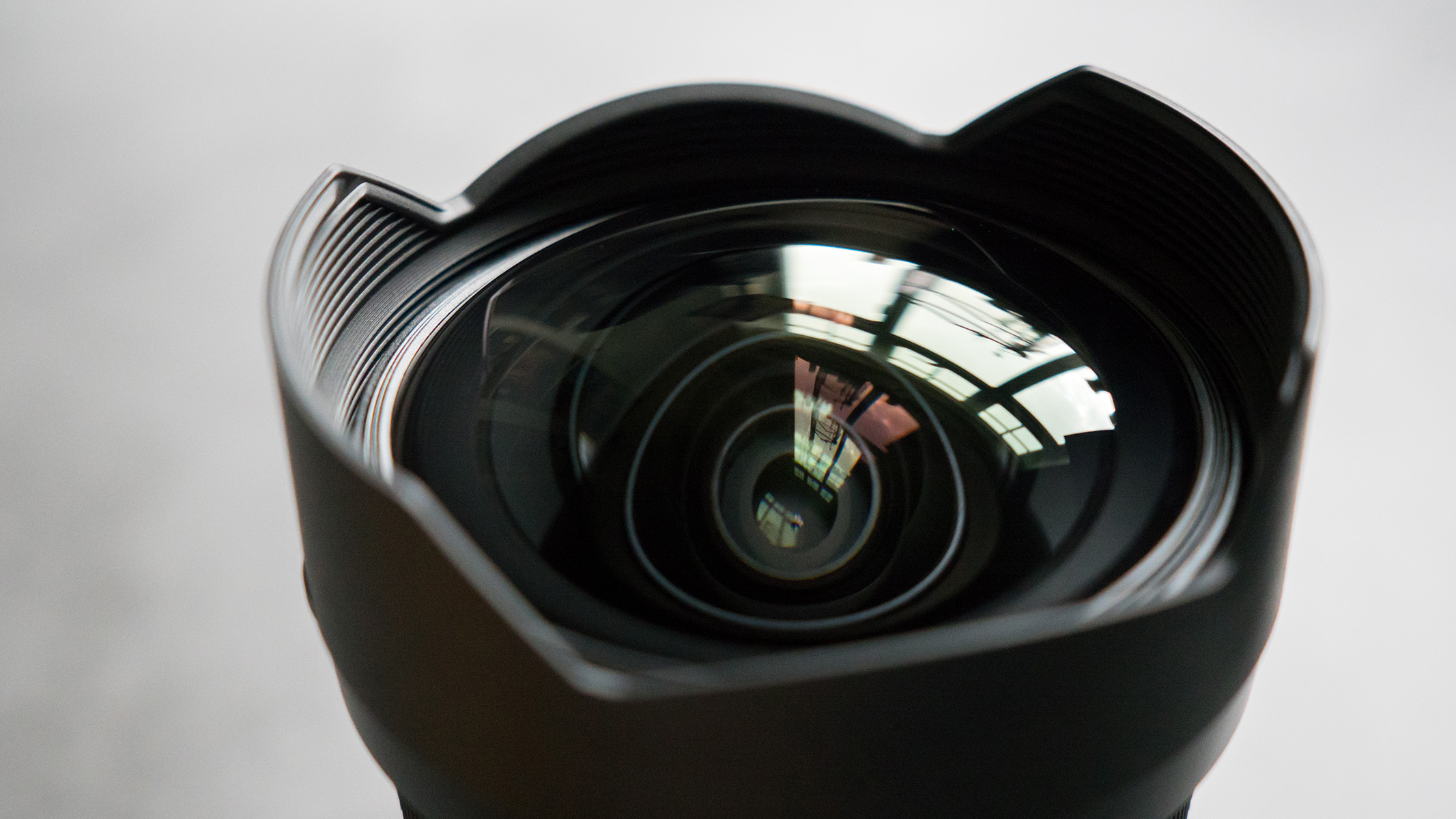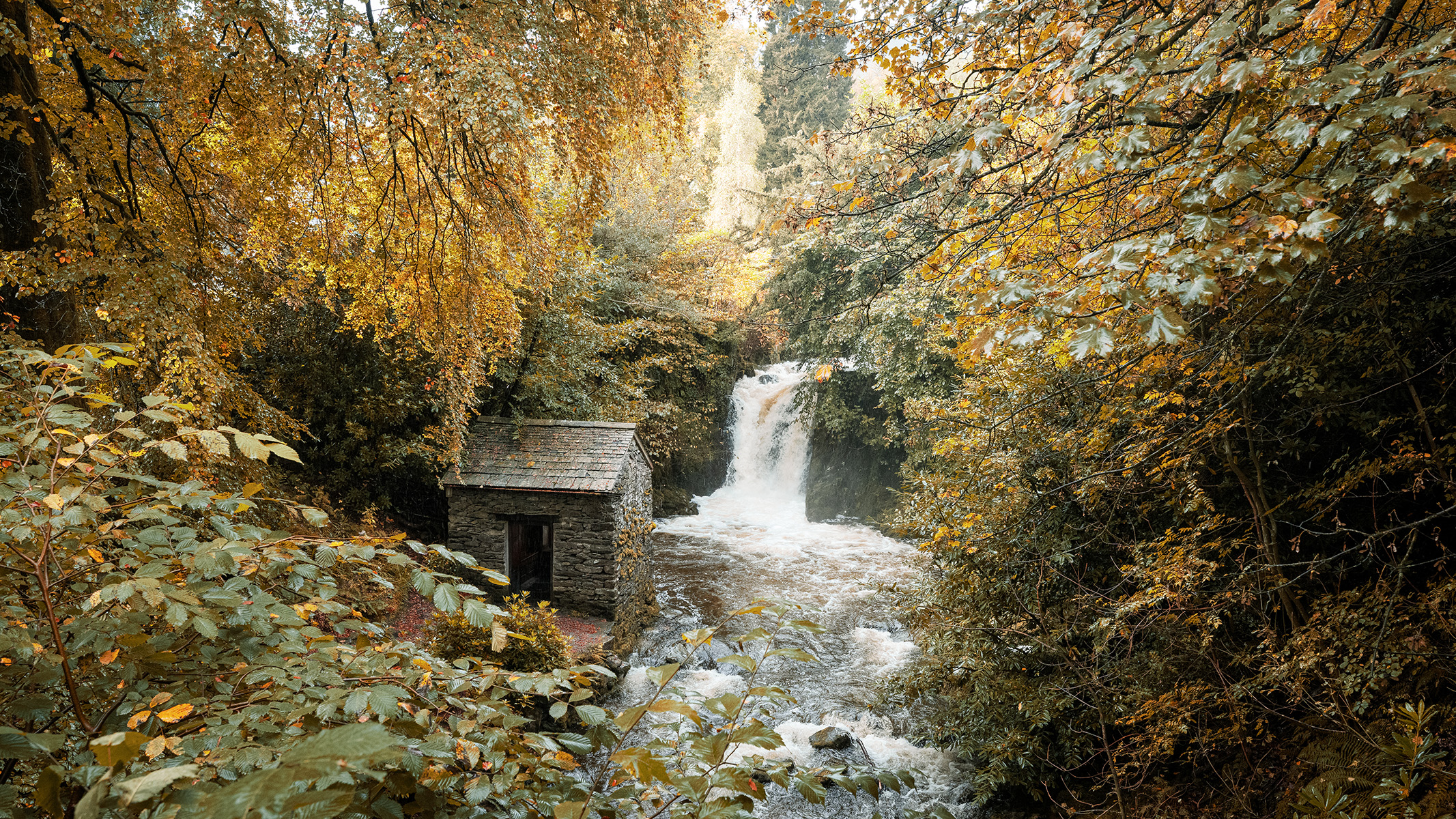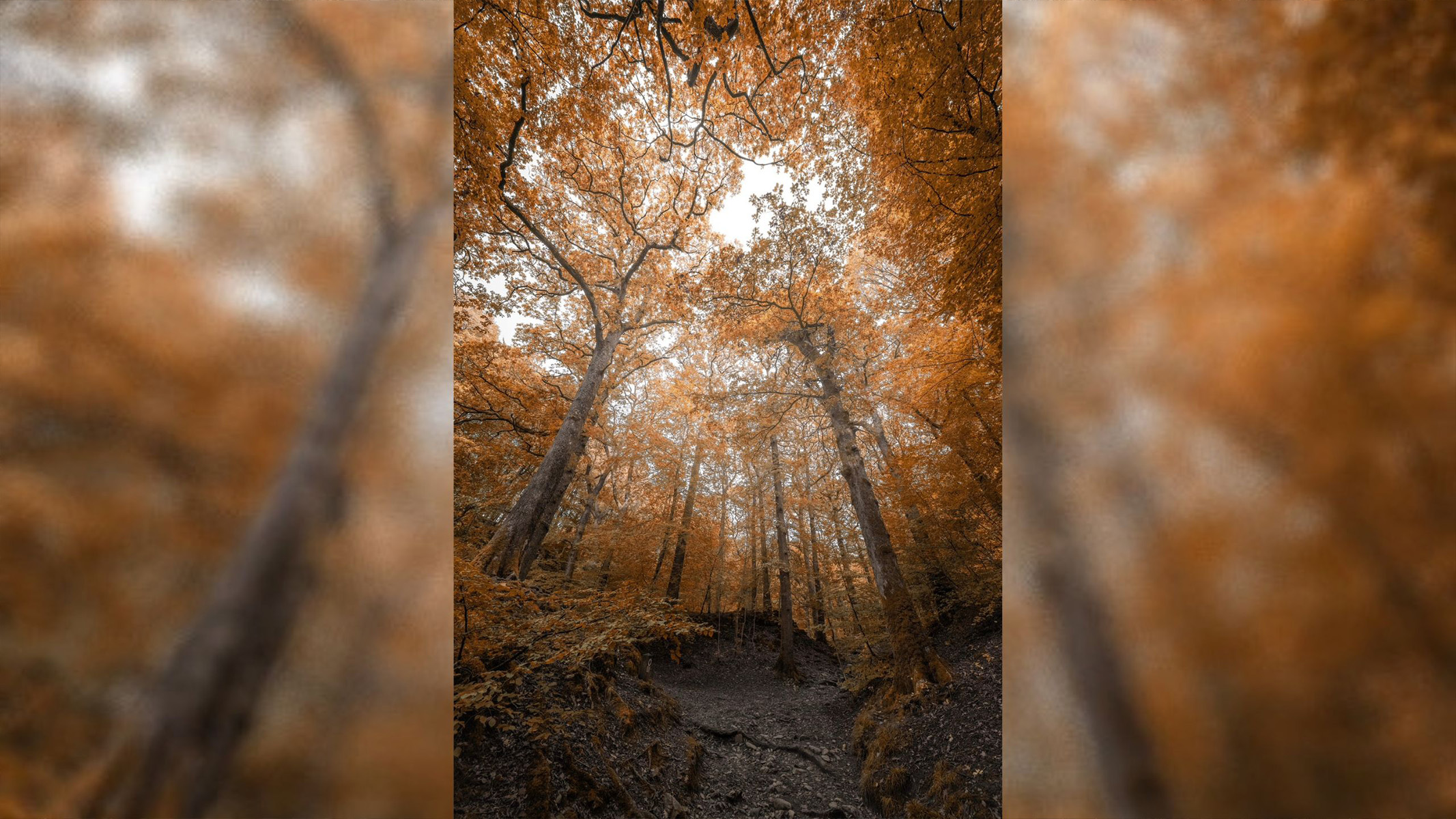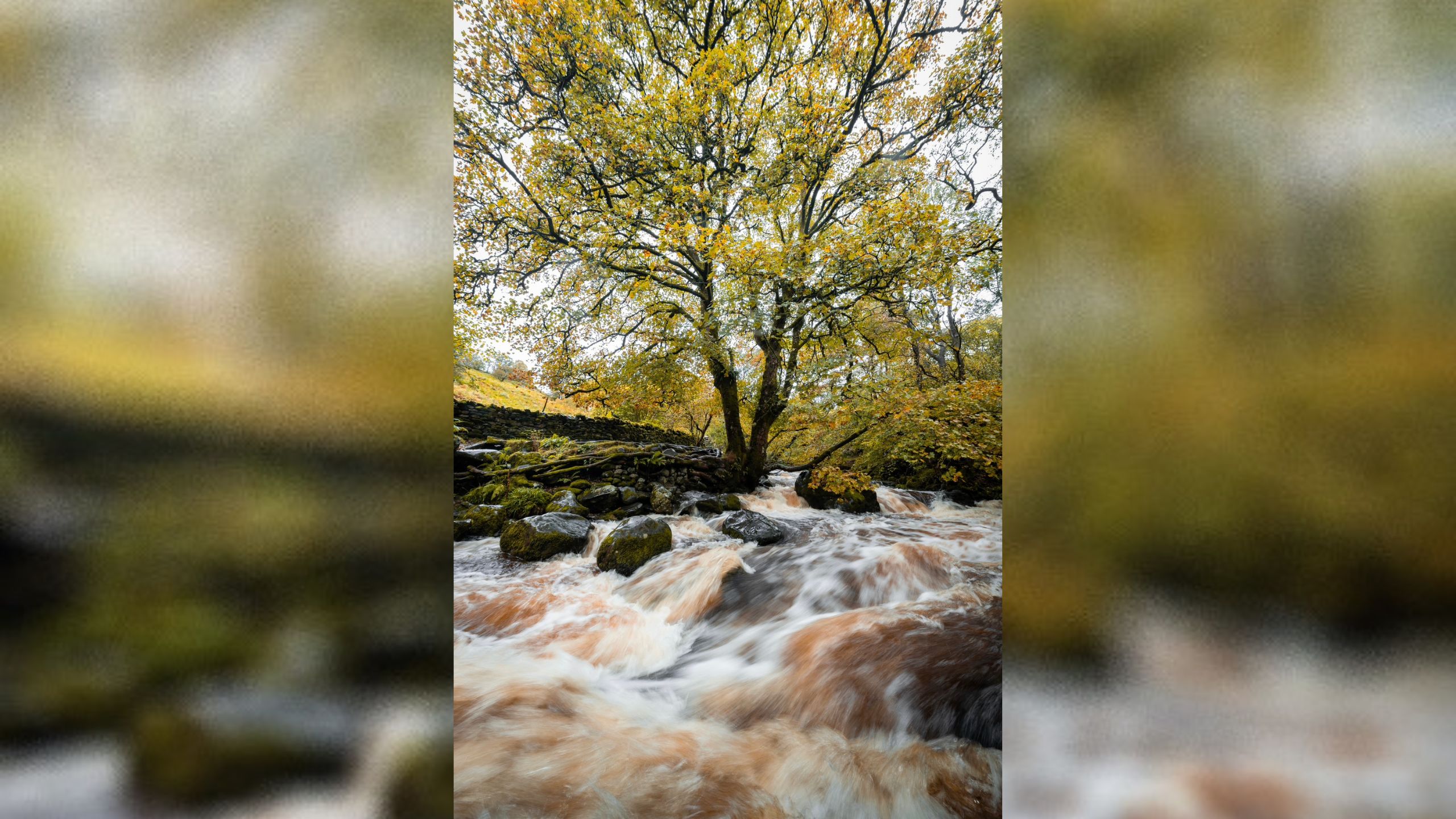Space Verdict
Beautiful at all focal lengths but 12mm makes it special. It is a fantastic lens that pushes the limits of what you can achieve with a full-frame camera.
Pros
- +
Fantastically sharp
- +
Very versatile
- +
It gives you the freedom to shoot almost anything
Cons
- -
Undoubtedly expensive
- -
Rather heavy
- -
The bulbous element, on occasion, can be tricky to shoot with
Why you can trust Space.com
The Sony FE 12-24mm f/2.8 G Master (also known as the Sony FE 12-24mm f/2.8 GM) is an absolute beast of a lens — but is it all it's cracked up to be? We put this powerhouse lens to the test to see if it lives up to the G Master name. It's been on the market for over two years, and it's still the most expensive Sony zoom lens you can own, not to mention it is the first-ever lens of its kind. But who is this lens for?
Compatibility: Sony FE
Focal range: 12mm to 24mm
Aperture range: Fixed f/2.8
Weight: 847g (1.8lbs)
Size: 97.6mm (D) x 137mm (L)
Fully weather sealed: Yes
Filter size: NA
This lens is perfect for anyone wanting to shoot wider — great for photojournalistic work and concerts. Being able to shoot at 12mm may not be necessary for most people. Still, the ultra-wide focal length gives you the freedom to shoot almost anything you'd like, making it incredibly versatile. If you are a full-time professional photographer and have the budget for this lens, it would be a perfect addition to your kit to use alongside a 24-70mm and a 70-200mm.
Sony FE 12-24mm f/2.8 G Master lens
Sony 12-24mm f/2.8 G Master Lens: Design
- Internal zoom
- Very sturdy and well built
- What you'd expect for a G Master

When it comes to design, this lens is precisely what you'd expect for a Sony G Master. It features the standard AF/MF switch, a programmable function button, a smooth focusing ring, and a very sturdy and it is a very well-built lens. Similarly to the 14mm prime, this lens features a bulbous front element, which has its advantages and disadvantages. Its bulbous shape means filters won't fit, which means the glass is unprotected at all times. Despite this, the glass is fluorine coated and doesn't attract any oil or dust and it's not a particularly delicate piece of glass. With proper care and treating it with respect, it's not a big deal that it's unprotected. Not to mention that the petal hood is integrated into the lens and can't be removed, so a lot is going on to keep the exposed glass protected, making it very durable.
One downside of the fixed petal hood is that the longer part of the hood will only cover the lens in landscape shooting, so if you try to take portrait orientation shots in the rain, you'll struggle to keep the glass dry. That said, we can confirm that it is very well weather-sealed, having used it for shooting on a wet, windy and stormy day in the Lake District, England.

The 12-24mm lens has four XD linear motors to provide fast, precise tracking and autofocus. In Sony's words, it also features 'a new Nano AR Coating II which suppresses internal reflections that can cause flare and ghosting for clear, crisp imagery'. They claim you can shoot straight into the sun with this lens, creating beautiful sunbursts without causing any lens flare.
This lens is relatively large and heavy, which may be a deal breaker for some. It weighs 847g which isn't outrageous, but you'd need to consider whether you'd get enough use out of it to warrant carrying the noticeable weight around.
Sony 12-24mm f/2.8 G Master Lens: Performance
- Impeccably sharp
- Great tracking
- Some distortion at 12mm

When it comes to sharpness and image quality, this is undoubtedly one of the best Sony lenses money can buy — and for the price, it should be. We noticed that it occasionally produces some distortion at the edge of the frame at 12mm, but it varies depending on what subject you're shooting and how close you are to it. This is easily fixed with editing though so it's not a huge dealbreaker. There is also a noticeable amount of vignetting, which is kind of expected at 12mm at f/2.8. However when you shoot at smaller apertures, the vignetting does go away. This isn't necessarily a negative, though, as many photographers add a vignette to their images as an artistic choice, but it is worth noting that you'll need to correct this in post-production if it isn't something you want in your images. The lens is also not at its sharpest when shooting at f/22 (due to diffraction, a problem encountered by any lens), but barely anyone will be shooting at f/22 so that shouldn't be an issue.
This lens is also amazing at tracking subjects and the autofocus is just brilliant. You can get incredibly close to your subject, although sometimes the eye autofocus struggles at 12mm if the subject is far away, but the lens will effortlessly switch to face tracking, performing very well. Overall a very responsive lens when it comes to autofocus, as expected from a Sony G Master.

Sony 12-24mm f/2.8 G Master Lens: Functionality
- Fantastic optical performance
- Fixed aperture throughout zoom range at f/2.8
- Very smooth focusing

The big selling point of this lens, aside from the wide focal length, is the constant f/2.8 aperture that remains the same through the zoom range. That large aperture on such a wide-angle lens is practically unheard of. Although it may not give as extreme bokeh as a longer telephoto lens would, this lens still offers a beautiful soft blur at a constant f/2.8. The combination of f/2.8 at 12mm is a great option for astrophotographers, as you can use slower shutter speeds than that of a longer lens. 12mm can open up a scene when shooting astro, but it could make it more difficult to focus. However, this isn't necessarily the lens' fault, as it would be tricky to focus a 12mm lens on a tiny star so far away, no matter what you do. This lens could potentially be a great rival for the Sony 20mm f/1.8 prime.
The optical performance of this lens is nothing short of revolutionary. It has three extreme aspherical elements, and four linear motors working in unison helping to obtain super fast, smooth focusing. There's barely any purple fringing around subjects in the image, and it's pretty amazing that you don't get much of a fish-eye effect when shooting wide at 12mm.
Should I buy the Sony 12-24mm f/2.8 G Master Lens?
This is a great lens for action or sports photography, cityscapes, photojournalism, and even for landscapes or astrophotography. It is versatile enough to have the option to use the wider 12mm for nighttime shots, while also being able to zoom in for daytime landscapes. It's a great option if you don't want to commit to one specific photography niche.
If the Sony 12-24mm f/2.8 G Master Lens isn't for you
This lens isn't for everyone, and because it is so expensive, it's almost inaccessible to many people. Ask yourself, do you need this 12-24mm or would you be better off with one wide-angle prime, for example? Well, it is important to consider the competition.
If having a native Sony lens isn't as important to you, the Sigma Art 14-24mm f/2.8 could be a great option. At $1400 it's less than half the cost of Sony's $3000 G Master, and the difference between 12mm and 14mm would be minimal. While full-time professional photographers would likely still opt for Sony over Sigma, we think the Sigma is excellent, and gave it five stars in our Sigma 14-24mm F2.8 DG HSM ART lens review as well as giving it a place in our best lenses for astrophotography buying guide.
For Canon users, the closest rival to the Sony lens for Canon users would be their Canon EF 14-24mm f/4 lens. While this lens can shoot wider than the Sony we've reviewed here, it's only an f4, so it could be better suited to landscapes where you don't necessarily need to shoot quicker. It is also a fair amount heavier than the Sony, and there's only a few hundred dollars difference.
If you want to stick with Sony lenses and are in the market for an ultra-wide angle, consider their Canon EF 14mm f/1.8 prime lens. Not only is it significantly cheaper, but it's also a fraction of the size and weight of the 12-24mm. In our hands-on Sony FE 14mm f/1.8 review, we loved its incredibly sharp image quality. It's a great option if you still want a powerful wide-angle lens with astounding image quality.
Join our Space Forums to keep talking space on the latest missions, night sky and more! And if you have a news tip, correction or comment, let us know at: community@space.com.

Kimberley Lane is a landscape & seascape photographer living in South Wales. Originally using photography as a way to cope with health issues, she aims to portray a feeling of calm and peace through her images. Her work has been featured in a number of national photography magazines.











